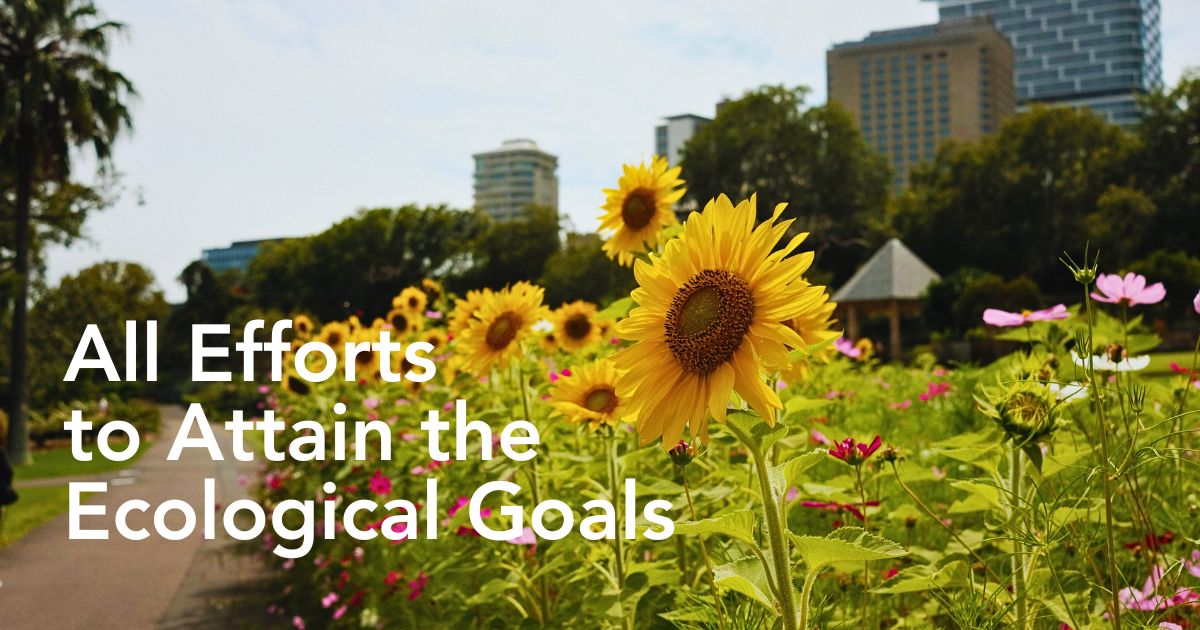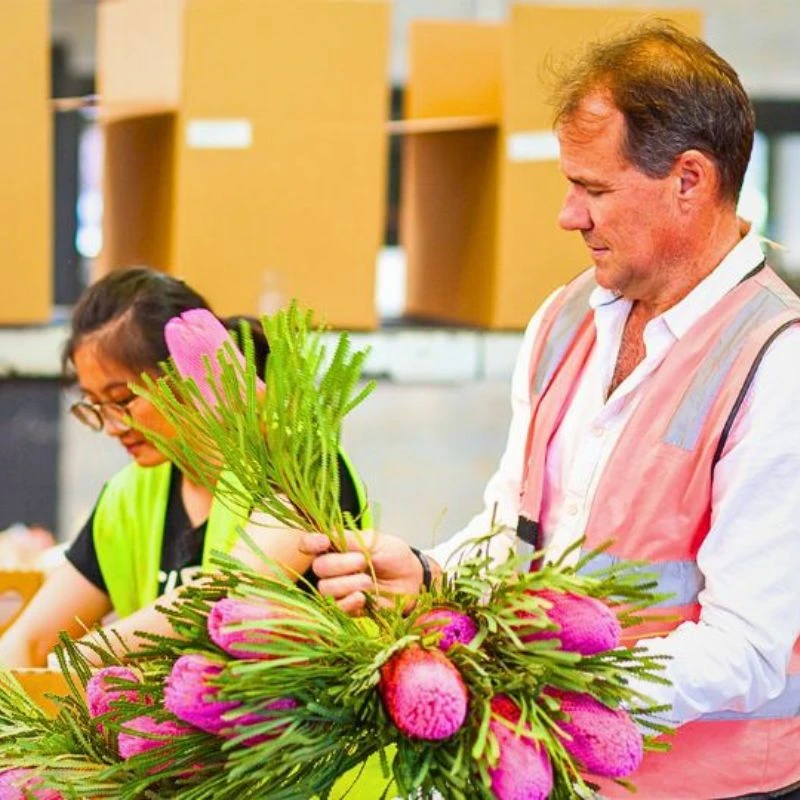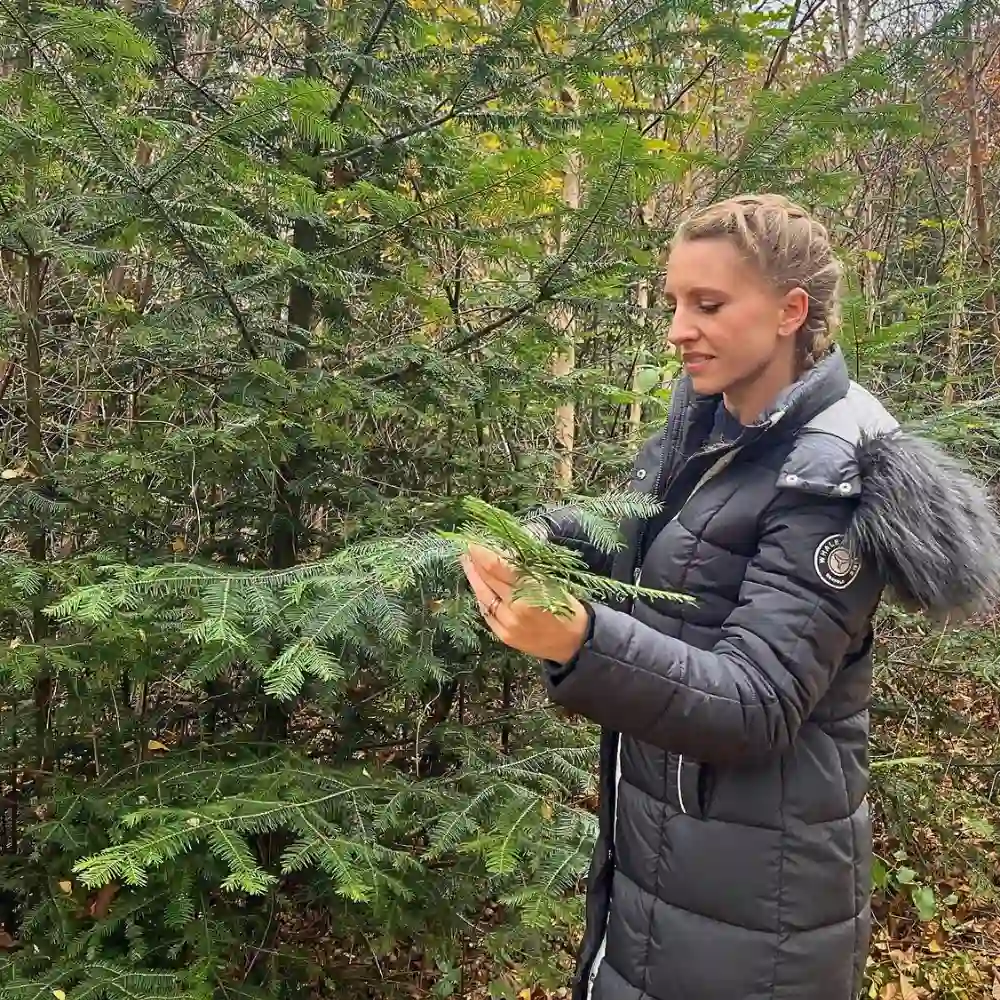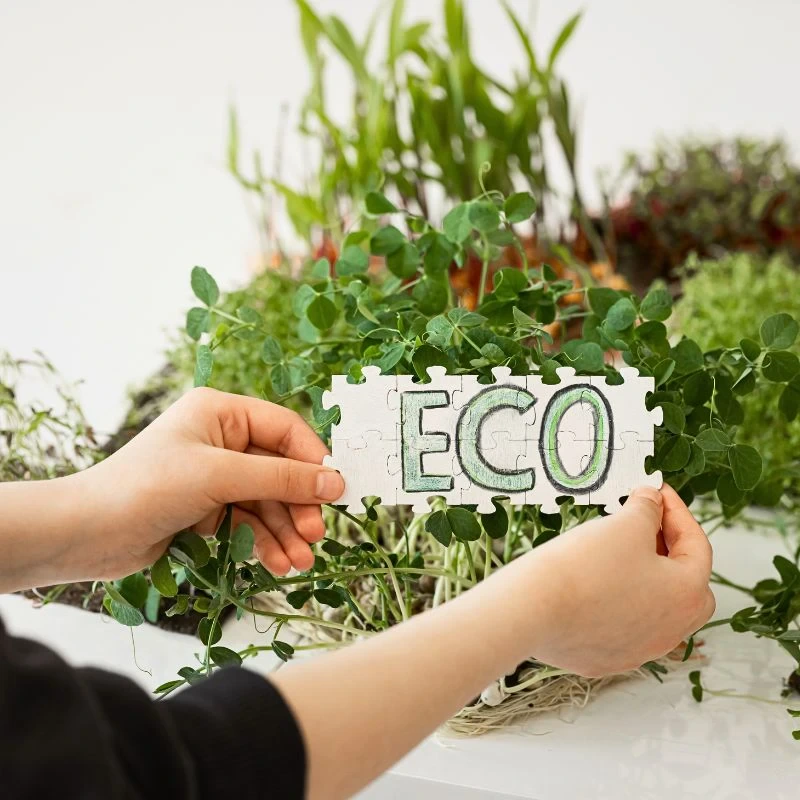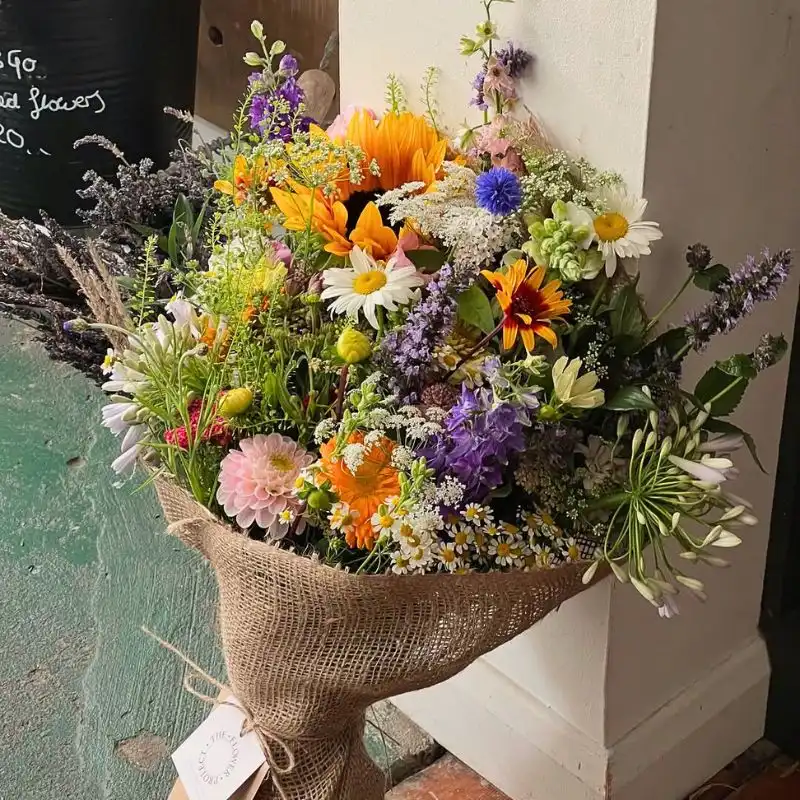The floriculture industry is undergoing quite an evolution. Alongside the traditional large-scale flower production, there are emerging paradigms of smaller-scale, sustainable flower cultivation practices. As city populations continue to grow and environmental consciousness rises, the potential for urban and small-scale sustainable floriculture has never been more promising. The development is not just simply a trend but also an essential reimagination of how people produce, distribute, and consume flowers in the current, increasingly urbanized world.
Across many cities, you'd often find vacant lots, backyards, and even alleyways being turned into miniature flower farms that thrive on creativity rather than acreage. Yet, because flowers are high-value, low-volume crops, they reward dense planting and frequent harvests, allowing growers to earn from as little as one-eighth of an acre. Customers, too, take note: flowers arrive hours, not days, after harvesting, so their color saturation, fragrance, and vase life are markedly better. Consumers value this freshness enough to pay premium prices.
The Urban Evolution in Floriculture
Urban floral cultivation presents an important counterpart to the traditional industrial floriculture that dominates the industry. While conventional flower and plant production mainly depends on large rural farms, often located some distance away from end consumers, urban floriculture grows them right within built-up areas. The proximity offers several opportunities for cutting transportation costs, reducing carbon footprints, and building direct connections between growers and consumers.
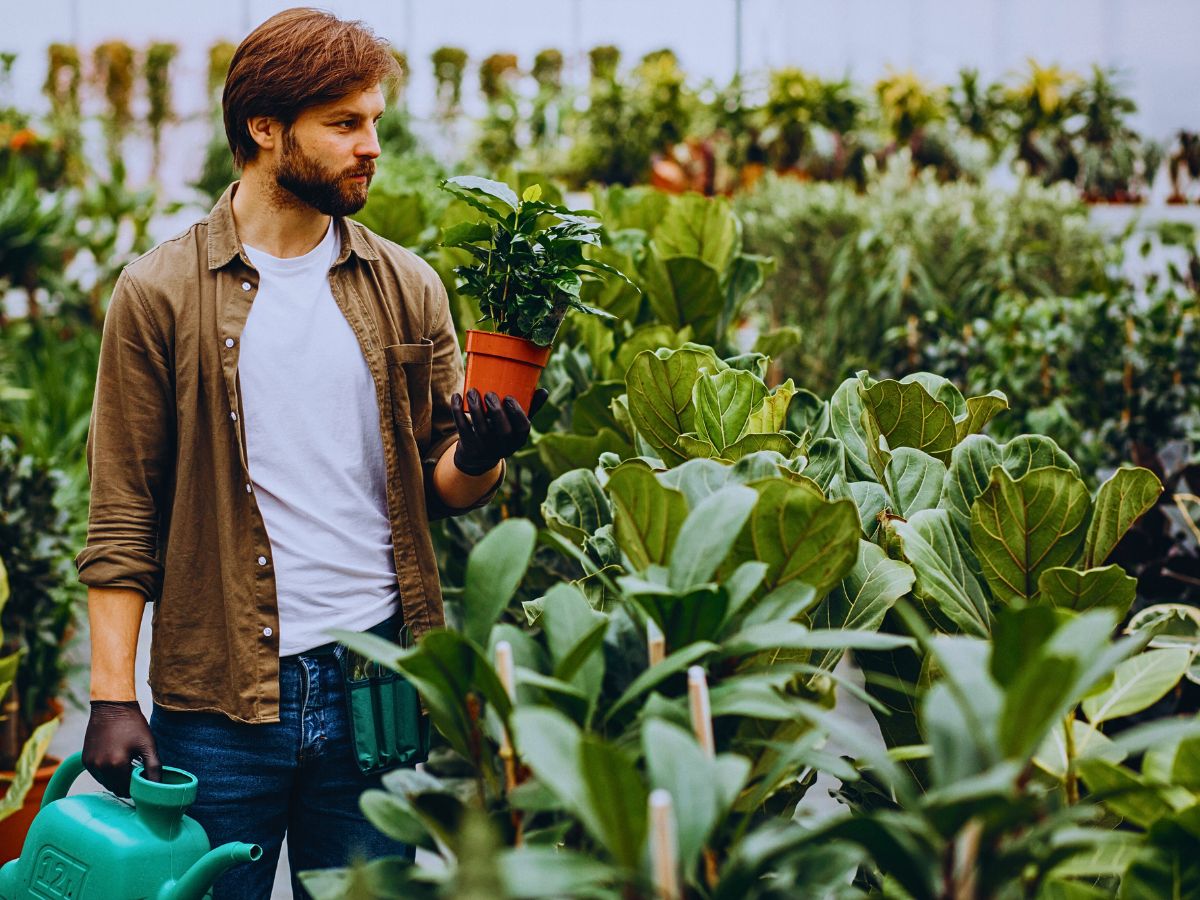
The integration of plant and flower cultivation into urban environments takes many forms, from rooftop gardens atop commercial buildings to converted warehouses transformed into vertical growing facilities. These urban farms capitalize on unused or underutilized spaces, turning concrete urban jungles into productive settings that add economic value to their communities. The year-round growing potential of controlled urban environments also allows for consistent production schedules that respond fast to local market demands, which traditional seasonal outdoor farming sometimes fails to match.
Urban floral production facilities are also effective educational tools, demonstrating sustainable growing practices to city dwellers who may have little connection to the general agrarian production. They often become community gathering spaces where people learn about cultivation, environmental management, and the elaborate supply chains that bring plants and flowers to markets. The visibility of their operations, further, creates awareness about the oft-cited environmental and social costs of long-distance flower transport, encouraging consumers to make more sustainable purchasing decisions.
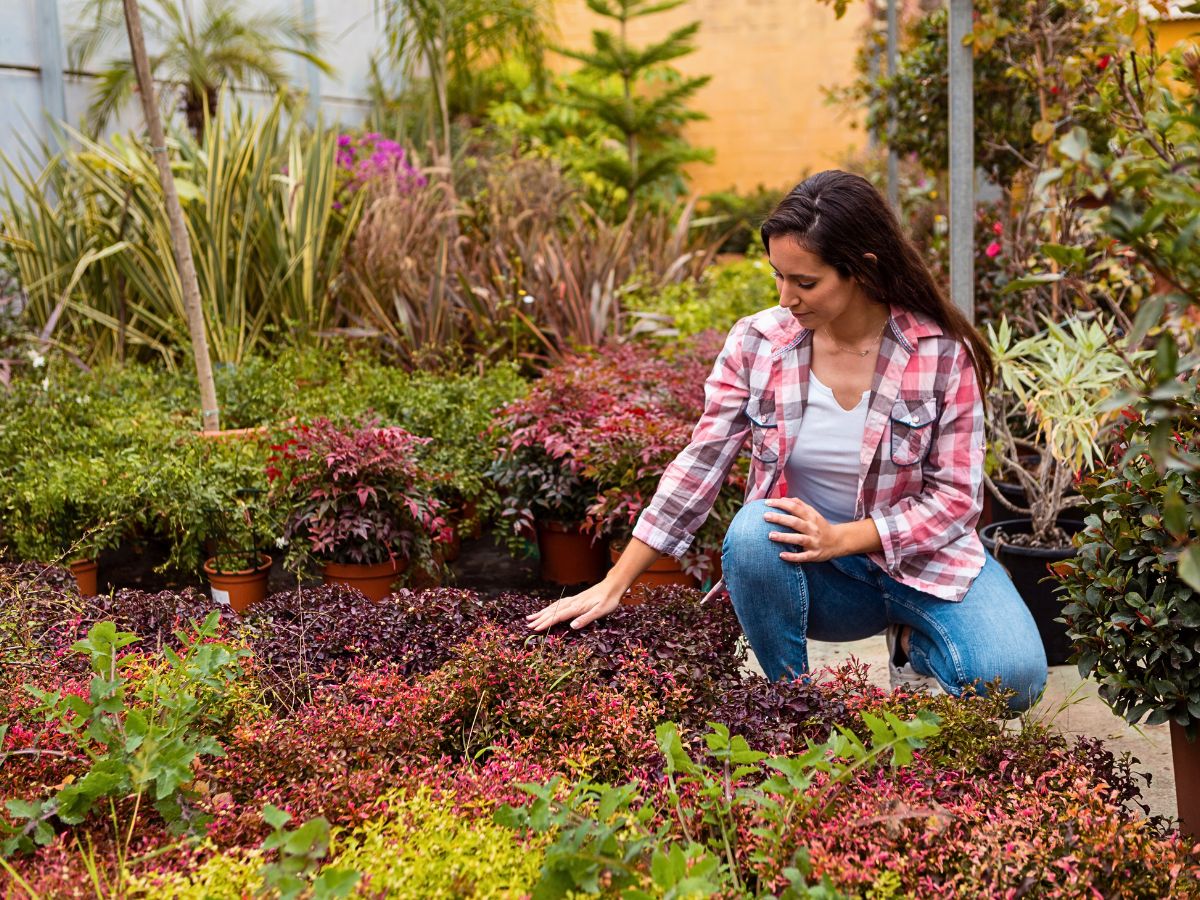
The urban context offers other strategic advantages. Asphalt and brick create warm microclimates that extend the season, and rooftops or sunny walls can support vertical systems inspired by the edible-crop sector. City water and power are usually close at hand, and the constant flow of visitors at farmers’ markets generates free marketing when passers-by glimpse unfamiliar flora grown ‘right around the corner.’
Yet the same density that makes cities dynamic also constrains them. Urban soils may hold heavy metals, so beds often start with imported compost or raised boxes, increasing costs. Light can be sharply limited by tall buildings, forcing investment in supplementation that raises energy use and complicates sustainability claims. Even the public visibility that drives sales can invite vandalism or petty theft. Still, however, the model continues to spread because it dovetails with urban goals for climate resiliency. A flower field between sidewalks and row houses can help cool the surrounding air and provide pollen corridors for insects, making it an easy fit for urban green infrastructure programs.
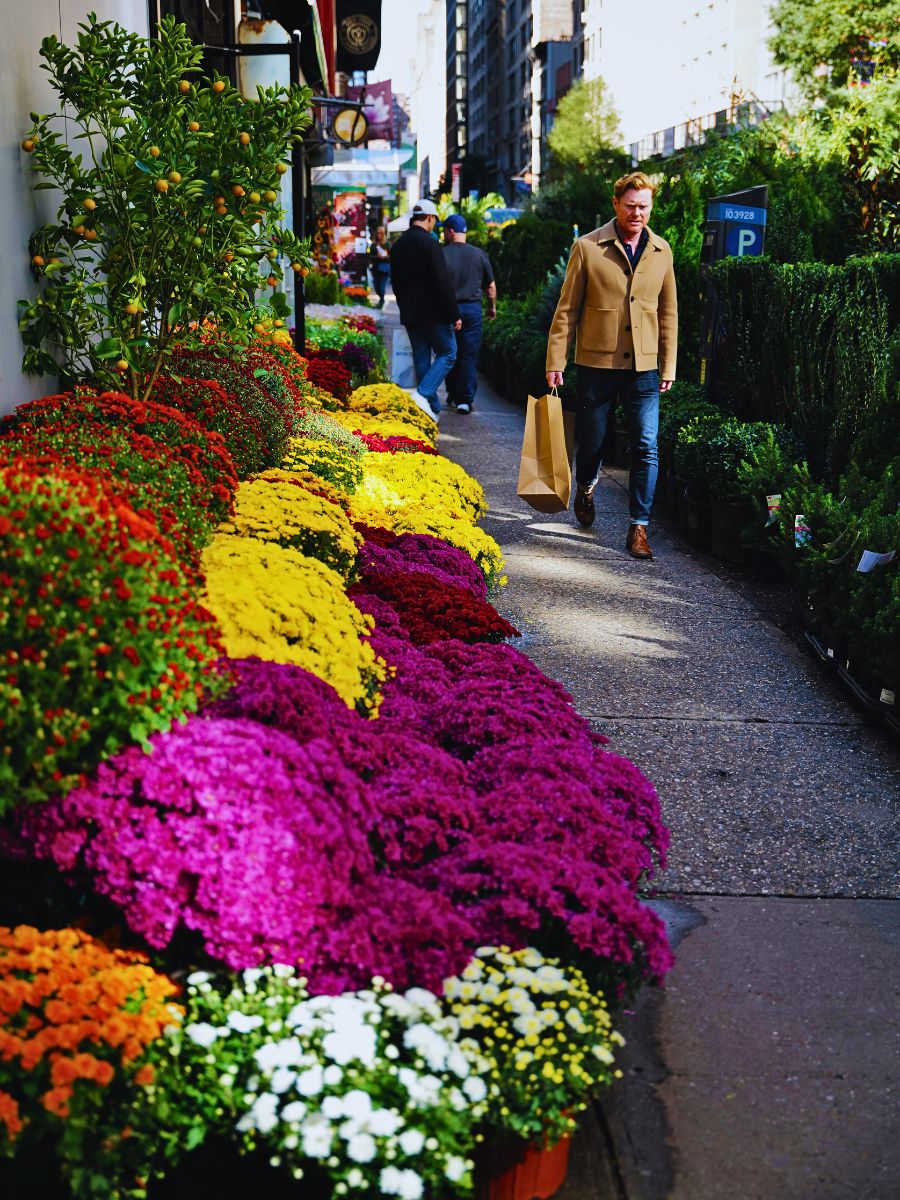
Community Gardens That Democratize Flower Production
Community gardens are often renowned for vegetables, but a growing share now dedicates plots or borders to flower species that attract pollinators while adding economic value. These gardens represent perhaps the most grassroots approach to sustainable floriculture. They transform vacant lots and unused public spaces into productive growing areas managed collectively by locals and residents. They exemplify the principles of environmental justice and food sovereignty, extending these concepts to include flowers and ornamental plants. They provide access to growing space for individuals who lack private gardens. Such gardens essentially democratize the means of flower production, creating opportunities for cultural exchange through shared gardening practices.
The social benefits of community flower gardens go way further. These spaces cultivate intergenerational knowledge transfer, where experienced gardeners share traditional growing techniques with younger community members. They provide opportunities for visitors to grow flowers from their home regions, maintaining cultural connections while contributing to local biodiversity. The concerted nature of community gardens also builds social cohesion. It provides mental health benefits through the therapeutic aspects of gardening and the sense of accomplishment that comes from nurturing plants and flowers.
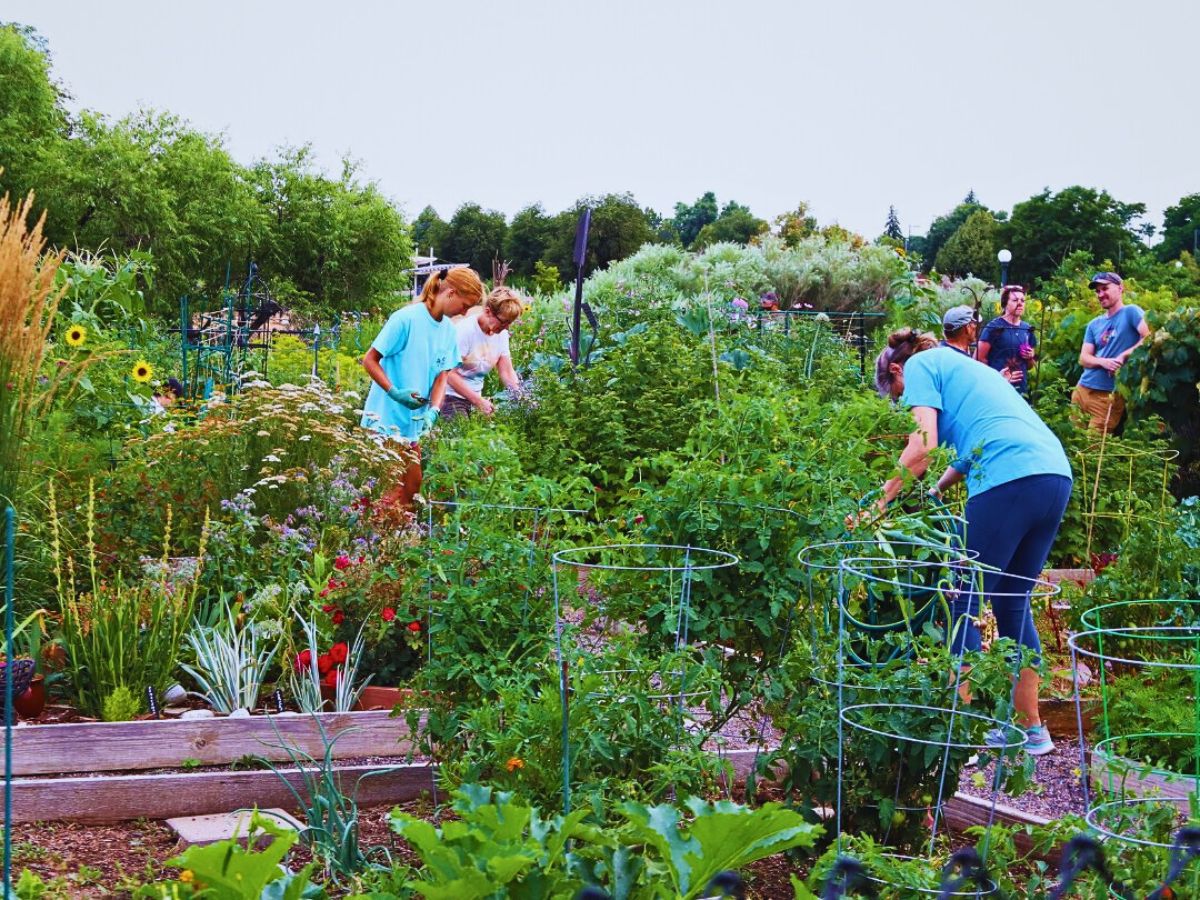
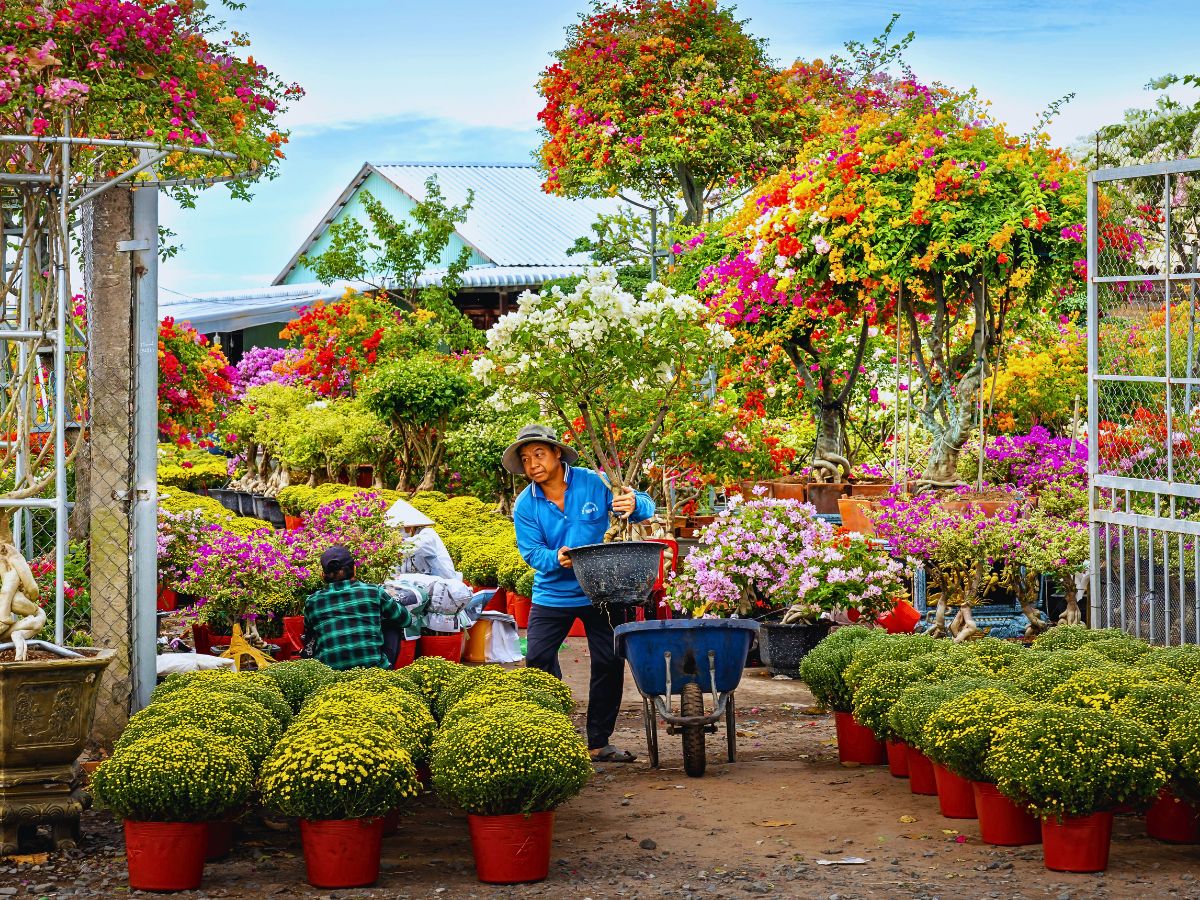
From an environmental perspective, community flower gardens contribute to urban biodiversity by providing habitat for pollinators and other beneficial insects. Often incorporating native plant species alongside cultivated flowers, they create ecosystems that support local wildlife while producing beautiful flora. Their educational component helps share knowledge about sustainable growing practices, organic pest management, and water conservation techniques that participants can apply in their gardens. These gardens’ proven capacity to blend ecological services with human well-being makes them important for any sustainable floriculture system.
Mini-Greenhouse Operations Where Technology Meets Sustainability
Mini and micro-greenhouse operations exemplify the technological frontier of small-scale sustainable floriculture. They combine advanced growing systems with an intimate scale and local focus. These facilities use cutting-edge hydroponic and aeroponic systems, LED lighting, and climate control technology to maximize production in minimal space while minimizing resource consumption. The precision of micro-greenhouse systems allows for optimal growing conditions year-round, resulting in higher quality flowers with reduced water usage, eliminated pesticide needs, and dramatically shortened growing cycles.
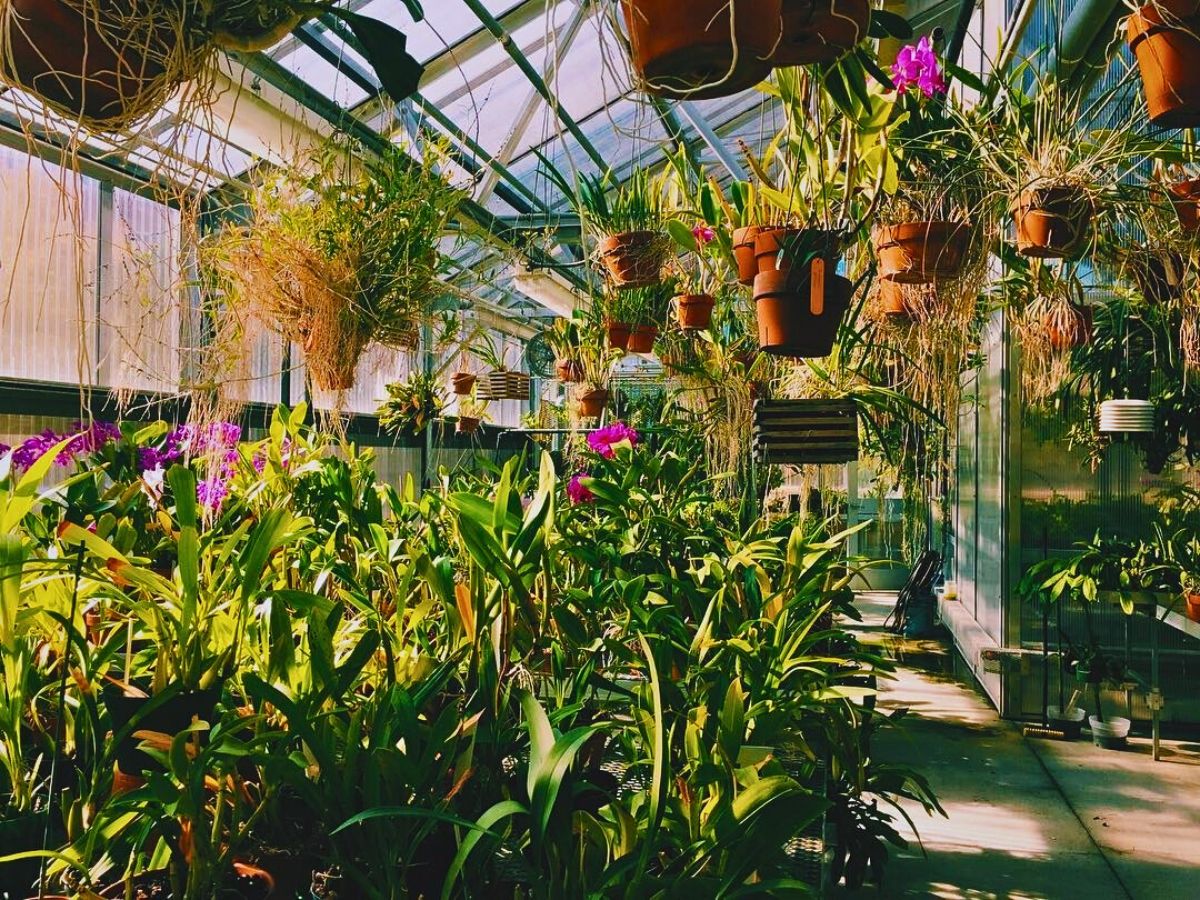
The economic model of micro-greenhouse operations often proves more viable than traditional flower farming due to reduced land costs, elimination of weather-related crop losses, and the premium prices that locally-grown, sustainably-produced flowers can command. These operations can be established in urban and suburban areas where land costs would prohibit traditional farming, making flower production accessible to those who might otherwise be excluded from such ventures. The scalability of micro-greenhouse systems also allows operators to start small and expand incrementally based on market demand and available capital.
Furthermore, the technological sophistication of micro-greenhouse operations creates opportunities for innovation in sustainable growing practices. Closed-loop systems recycle water and nutrients, reducing waste and environmental impact. Solar panels and other renewable energy sources can power LED growing lights and climate control systems, further reducing the carbon footprint of flower production. Data collection and analysis capabilities allow for continuous optimization of growing conditions, leading to more efficient resource use and higher quality flowers.
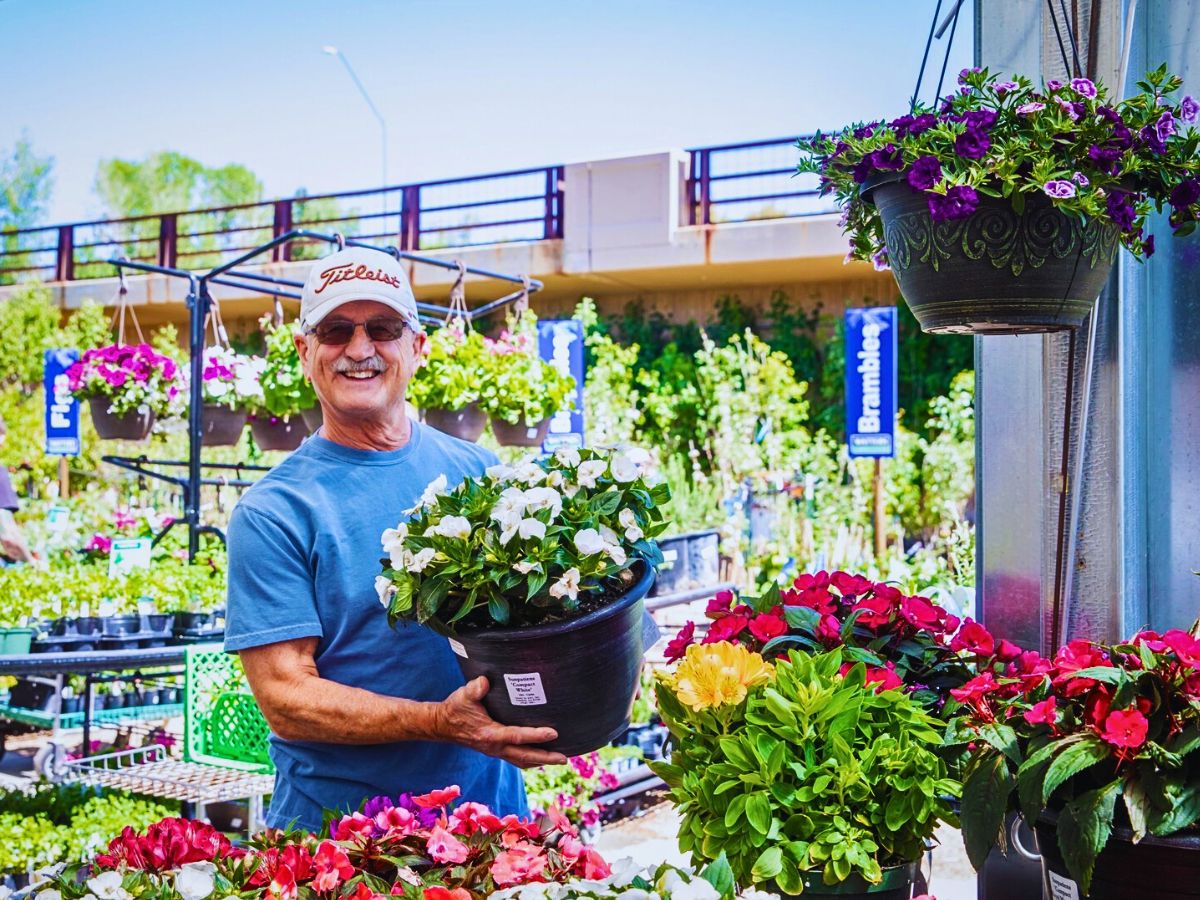
But technology does not erase impact. Energy for supplemental lighting and winter heating can rival the embodied emissions of imported stems if the power grid is fossil-heavy. Startup costs, though modest next to commercial glasshouses, still deter growers in low-income neighborhoods who might benefit most from year-round flowers. Technical know-how is another barrier; sensors and nutrient-film hydroponic channels require maintenance skills not common among traditional growers or gardeners.
Are There Challenges and Barriers to These Models?
Despite the great potential, urban and small-scale sustainable floriculture faces some challenges that must be addressed for the industry to reach its full potential. Economic barriers often prove the most formidable, as the initial investment required for urban floriculture infrastructure can be substantial. Land costs in urban areas, while offset by reduced transportation expenses, still present a significant expense that must be factored in. The premium pricing that sustainable flowers can command may not always be sufficient to cover these high production costs, particularly in markets where consumers remain price-sensitive.
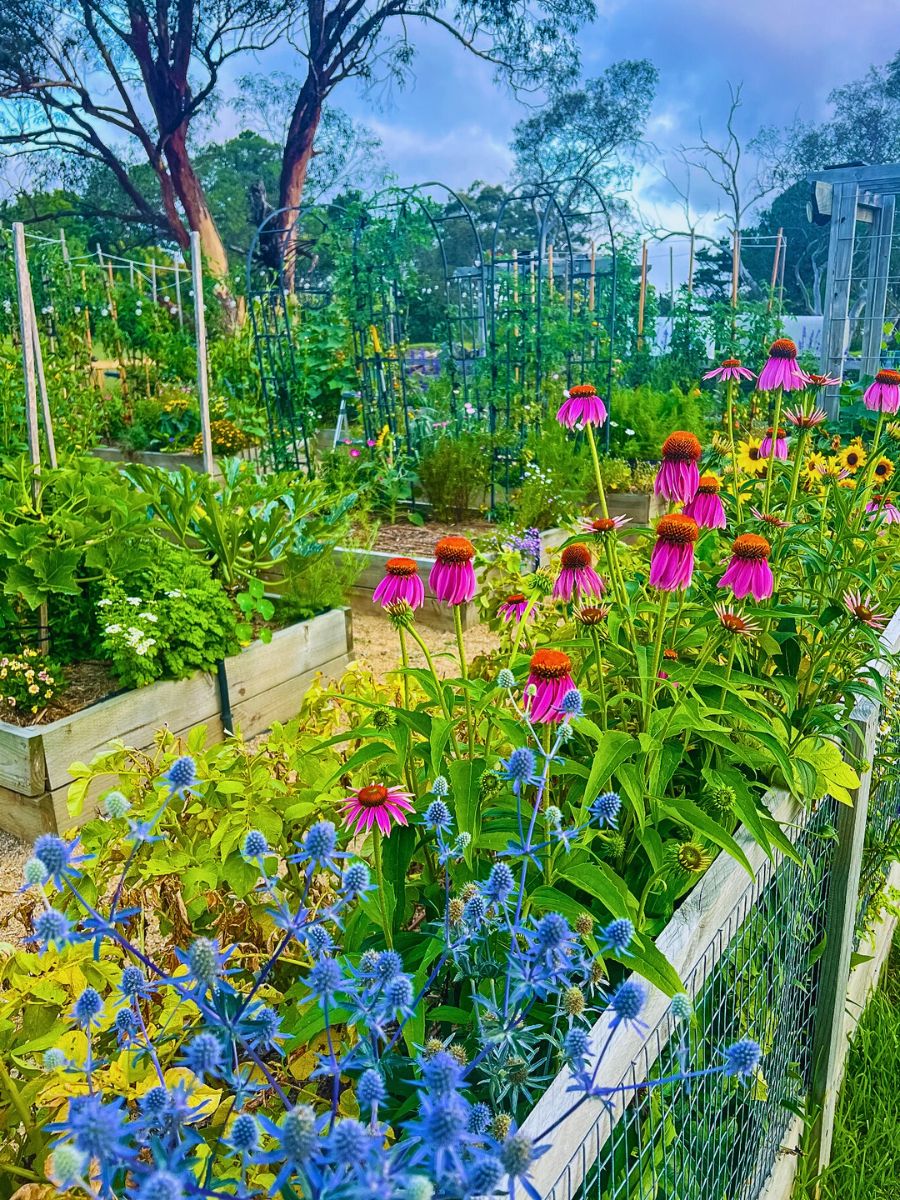
Regulatory challenges also present obstacles to urban floriculture development. Zoning restrictions in many urban areas were not designed to accommodate agricultural activities, creating bureaucratic hurdles for aspiring growers. Building codes, health regulations, and business licensing requirements often lack provisions for urban growing operations, forcing one to navigate complex and sometimes contradictory regulatory frameworks. The lack of agricultural insurance options specifically designed for urban growing operations also creates a financial risk that can deter potential investors.
Moreover, there are technical challenges involved, including limited growing space, soil contamination in urban environments, and the need for specialized knowledge to operate sophisticated growing systems. The skills required for successful urban floriculture often differ significantly from traditional farming, requiring training in hydroponic systems, LED lighting, and climate control technology. Plus, the isolation of urban growers from traditional agricultural communities can limit access to mentorship and knowledge-sharing opportunities that are crucial for developing expertise.
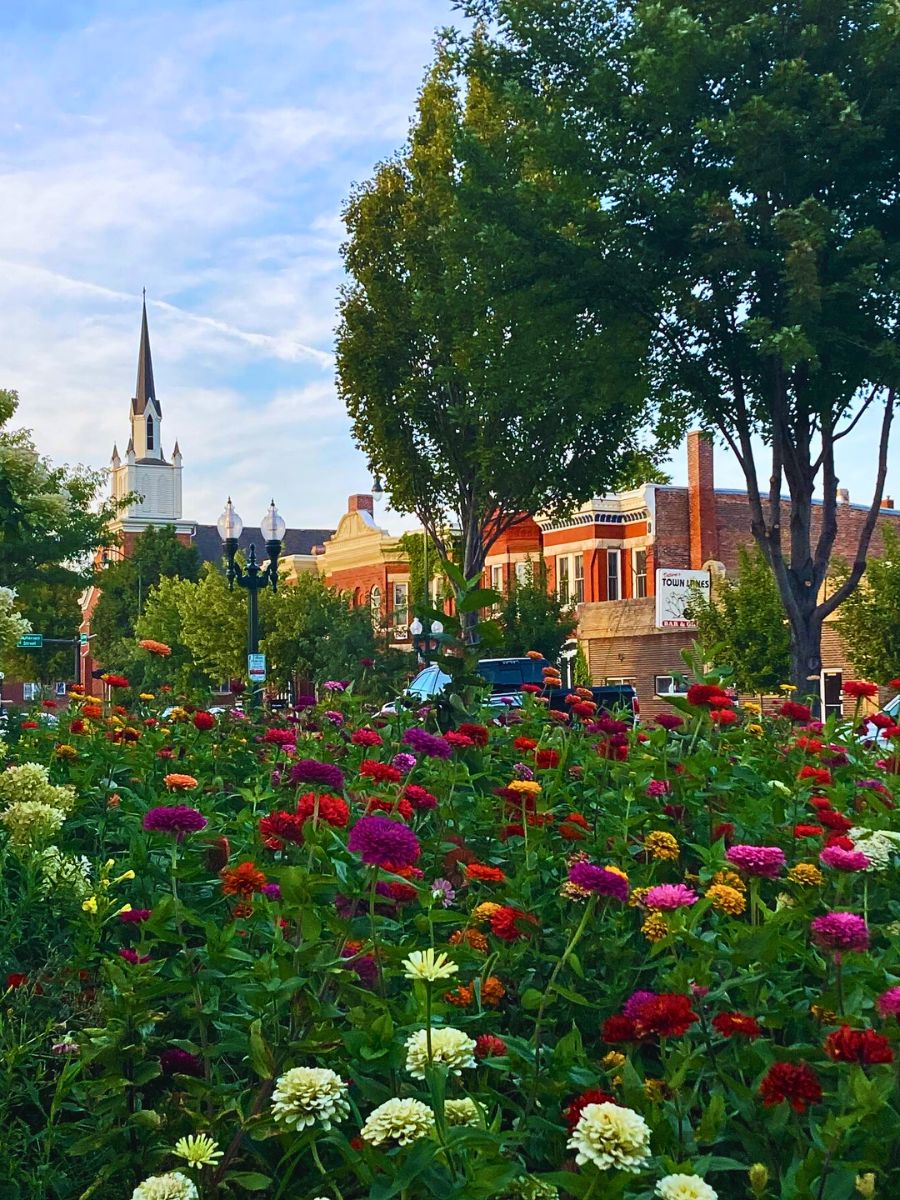
What Matters Is Continued Expansion and Refinement of Urban and Small-Scale Operations
Outside their direct environmental benefits, the contribution of urban and small-scale operations to a sustainable flower industry covers broader systemic changes in how flowers are produced, distributed, and consumed. These operations could be seen as testing grounds for innovative growing techniques that can be scaled up or adapted for larger production systems. Success, in turn, shows consumer demand for sustainably produced flowers, inspiring larger producers to adopt more ecologically responsible practices.
The development of local flower markets supported by urban and small-scale production also creates economic opportunities that keep value within communities. This localization of flower production contributes to economic resilience and reduces the vulnerability of flower supplies to global supply chain disruptions.
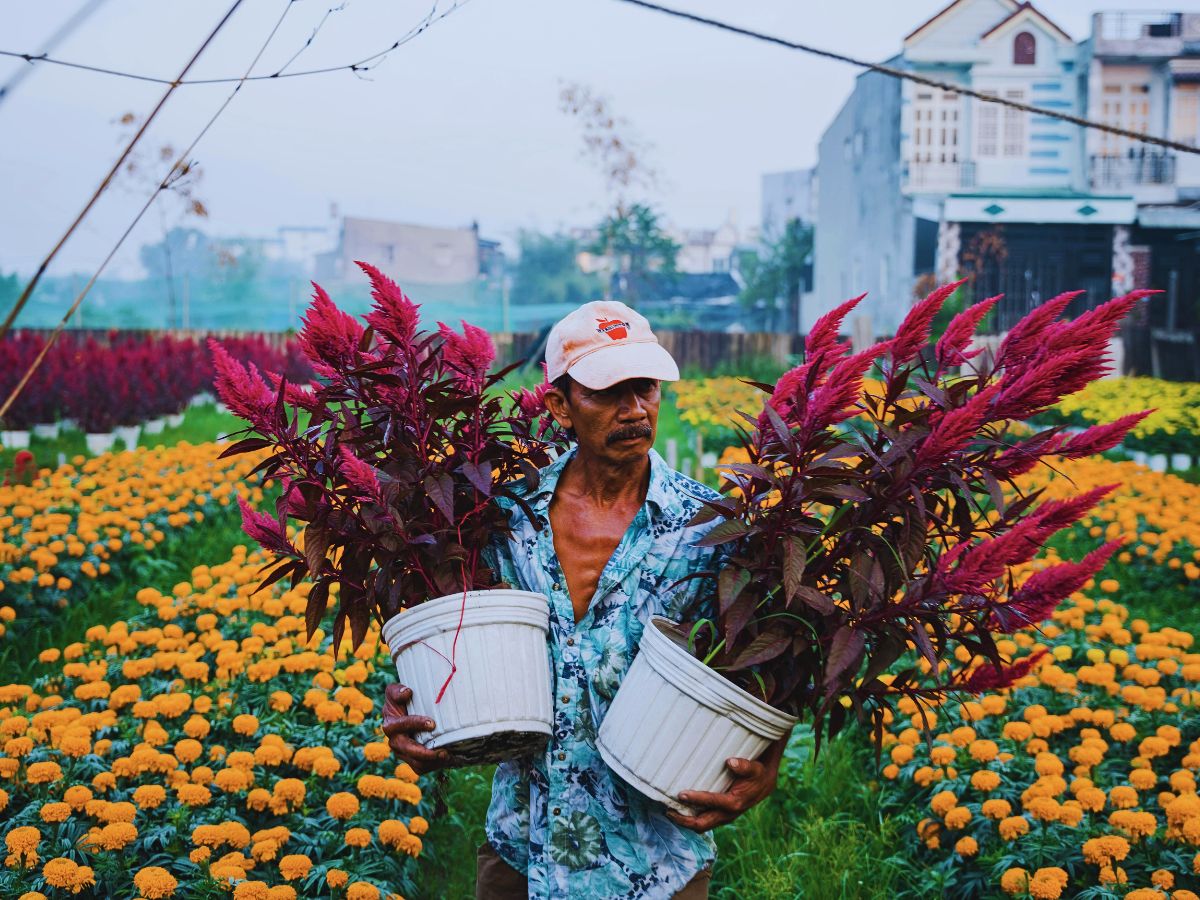
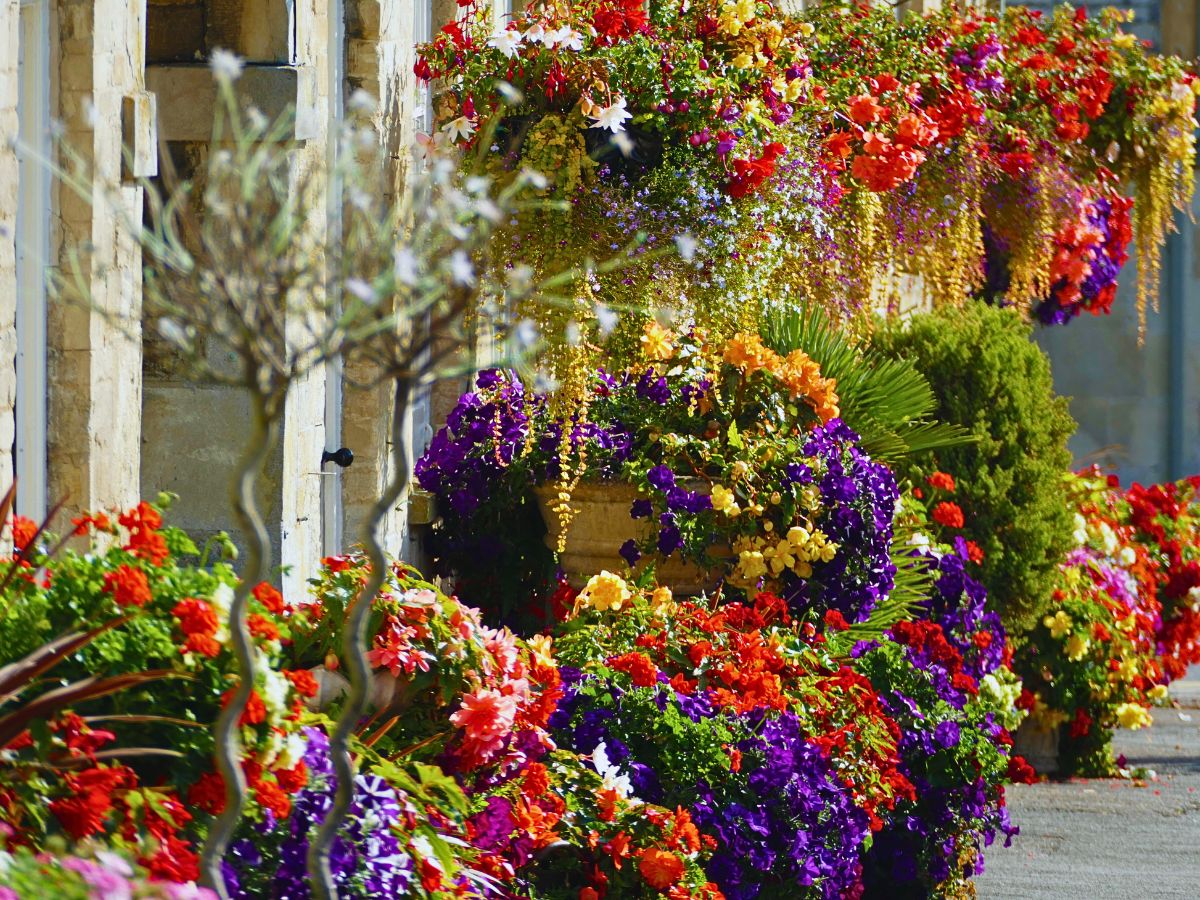
Taken together, urban flower production, community gardens, and micro-greenhouses hold quite some promise for an industry often scrutinized for its water overuse, chemical reliance, and high-altitude freight emissions. Each model lowers one or more of those burdens while adding social dividends like jobs, education, and aesthetics.
However, vigilance is required as urban floriculture will not stay niche; rising land values could tempt growers to intensify production through artificial lighting and synthetic fertilizers that recreate the very externalities they sought to escape. Transparent life-cycle assessment, community oversight, and integration with broader urban planning goals are essential to prevent that backslide.
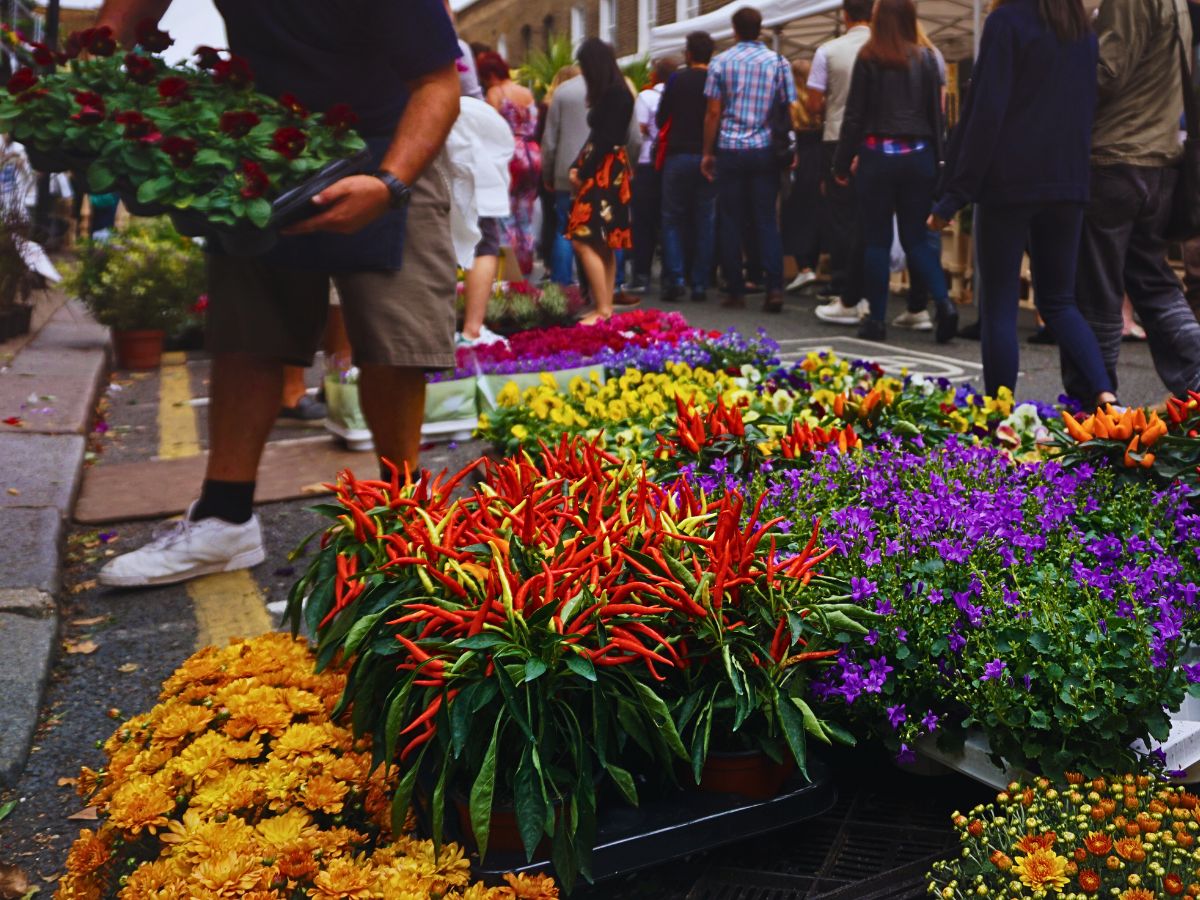
Policies that secure long-term leases for social enterprise farms, offer tax credits for solar-powered greenhouse retrofits, or fold flower corridors into stormwater retention projects can accelerate the sector’s positive trajectory. Meanwhile, consumers wield influence each time they choose a bouquet stamped with sustainability labels like Rainforest Alliance, Fairtrade, or MPS.
Thus, as climate change increasingly threatens traditional growing regions, distributed urban production provides a buffer against weather-related supply interruptions. While a city may not entirely smell like a countryside in May, it can host rooftops of Coreopsis, laneway lilacs, and forecourt snapdragons that sequester carbon, sustain pollinators, and support neighborhood economies.

Simply said, to some extent, the prospects of a sustainable floriculture industry are positively impacted by the sustained growth and refinement of urban and small-scale growing operations. It all requires organized efforts among growers, consumers, policymakers, and researchers to address existing challenges while capitalizing on emerging opportunities. These can help the models develop from a niche alternative to a mainstay of a more sustainable flower industry.
Feature image by senivpetro, header image by Dominic Kurniawan Suryaputra.

